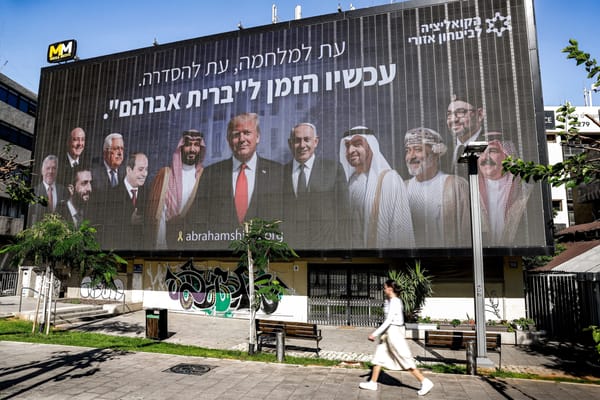The UAE and the Infrastructure of Intervention
Rafeef Ziadah investigates the rise of humanitarian logistics hubs such as Dubai International Humanitarian City, which, although ostensibly humanitarian, have become a key mechanism of intervention and increasingly a central element in the projection of power for the Gulf regimes such as the United









